Mandarin Duck Facts
- This breathtakingly beautiful bird most frequently goes by the deceptively simple term of Mandarin Duck across most of its native range. The animal does have other general titles, but these merely represent the foreign language versions of this same epithet.
- Inside of scientific circles, however, it’s perhaps better known by its technical moniker. As with many such terms, though, that’s somewhat difficult for the average layperson to pronounce. That’s because the avian holds the formal tag of Aix galericulata.
- This wonder of evolution received that designation due to the efforts of Carl Linnaeus. The highly esteemed Swedish biologist accomplished the first recognition of it as a separate and distinct species. He achieved that noteworthy feat in 1758.
- The marvelous birds hold several distinctions of note aside from their sheer beauty. For one, it’s closely related to the wood duck of North America. Yet, it’s also the only member of its genus, and now inhabits many non-native portions of the world.
- Fortunately, the stunning Mandarin Duck appears to be continuing to maintain a fully thriving population base. That pleasant state further seems to hold true throughout the entirety of its native range. The IUCN thus currently list it as Least Concern.
- It nevertheless should be considered to be facing the same potential threats to its continued existence as all forms of life on earth today. Most of these stem from the actions of man, and include habitat loss and the ongoing effects of climate change.
Related Articles
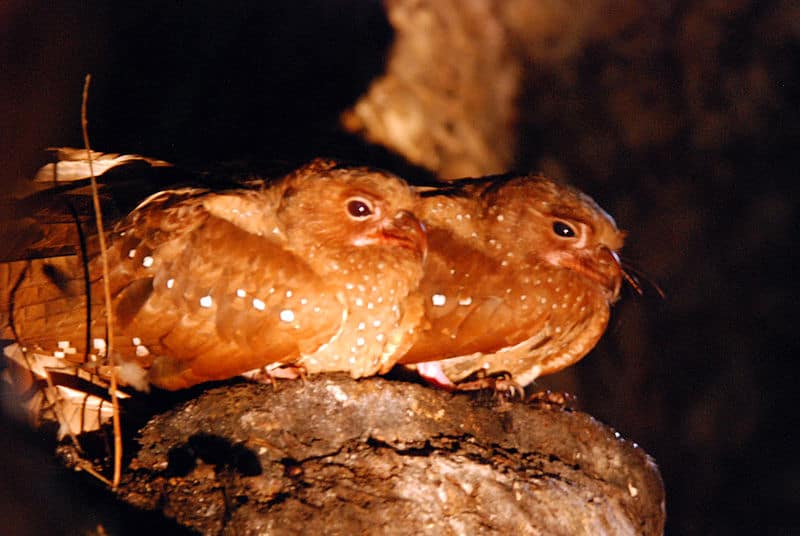
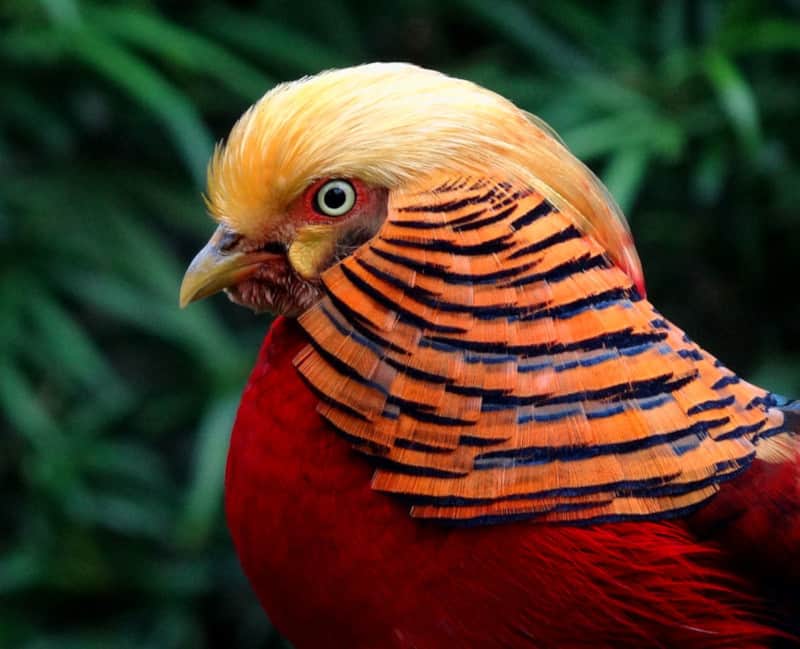
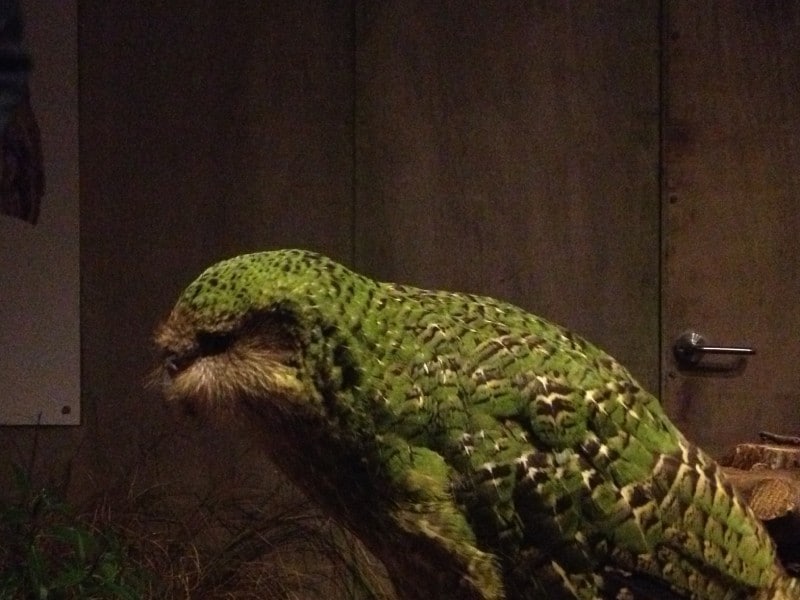
Mandarin Duck Physical Description
The breathtaking Mandarin Duck almost instantly captures the attention of those who encounter it, and for obvious reasons. Its sheer beauty ranks it among the most beautiful birds of its kind in the world. Yet, it’s not a large one, being only a medium-sized species.
It does follow a pattern that’s quite well established among many birds, though. That’s in the fact that it displays a certain degree of the physiological characteristic of sexual dimorphism. This trait, however, manifests in terms of coloring, not being related to simple size.
The gorgeous creature evolved a distinctive shape slightly different from some of its kindred. Due to this factor, the avian has a relatively compact body with a distinguishing silhouette. The bird’s neck also remains relatively short compared to many other duck species.
The wings of this masterpiece of Nature further augment its uniqueness. These develop as relatively broad, and when folded, show a combination of colors similar to those on the body. The tails also present as comparatively long and narrow, often displaying a subtle curl.
It’s the coloring of the amazing Mandarin Duck, however, that ceaselessly garners the most attention. This trait’s also where the gender-based differentiation comes into play. The male of this astounding species presents by far the most striking appearance of the two sexes.
He shows a bright red bill plainly lacking in the female, which also develops with a downward curve and a white stripe running from the eyes to the back of the head. Males also possess eyes that develop as quite dark and stand out against its colorful facial markings.
The plumage itself presents a kaleidoscopic combination of bright colors that includes shades of orange, purple, green, white, and black. Its most distinctive feature, however, remains its iridescent green crest, which the bird raises when displaying or excited.
The female, meanwhile, evolved as significantly less colorful than the male, with a predominantly brownish-gray plumage. Although she obviously lacks the dazzling colors of the males, she typically displays a white eye-ring and a white stripe near the base of the bill.
- Kingdom: Animalia
- Phylum: Chordata
- Class: Aves
- Order: Anseriformes
- Family: Anatidae
- Genus: Aix
- Species: A. galericulata
Mandarin Duck Distribution, Habitat, and Ecology
The attention-grabbing Mandarin Duck evolved as endemic to a moderately broad expanse of the surface of the earth. Given its very name, the location of that zone of habitation won’t surprise many of you. That’s because it’s native to certain portions of East Asia.
Within that greater territory, though, the marvel’s population centers remain widely scattered. Where it once had a much greater density of numbers, it now lives in only smaller sections natively. These include parts of the countries of China, Russia, Korea, and Japan.
Due to its appearance, however, man introduced it to parts of the world as ornamental birds in parks and private collections. Escaped or released birds hold established populations in countries such as the United Kingdom, the United States, and parts of Europe.
The fascinating animal shows decidedly strong preferences regarding its choice of habitat. In this regard, its choices only mirror many of its kindred. It’s mostly associated with wooded habitats near freshwater bodies such as rivers, streams, lakes, ponds, and marshes.
Yet, the wonder of Nature also frequents habitats with dense vegetation, including broadleaf and mixed forests. It’s also often found in wooded areas composed of a combination of trees, shrubs, and undergrowth, providing it with ample cover and nesting sites.
It’s also closely associated with freshwater environments. It inhabits rivers, streams, and creeks with slow-flowing or still water, where it forages for food and finds suitable nesting sites. It’s also found in lakes, ponds, and marshes, particularly those surrounded by forests.
Much like its many relatives, the stunning product of evolution feeds as an omnivore. The resourceful creature feeds on a highly varied diet that includes aquatic plants, seeds, grains, insects, crustaceans, and small fish. It additionally forages both in the water and on land.
In terms of behavior, it’s a generally shy and elusive bird, particularly during the breeding season, when it’s known for its amazing courtship displays. Outside of the breeding season, though, it sometimes forms small flocks, especially during migration or when roosting.
Breeding for the Mandarin Duck typically occurs in the spring and early summer. The species evolved as monogamous, forming pair bonds that often last for multiple seasons. Females select nest sites in tree cavities, usually near water, where they lay a clutch of eggs.
Impressively, both parents actively participate in incubating the eggs and caring for the young, which hatch after about a month. The ducklings develop as precocial, leaving the nest shortly after hatching and also being cared for by both parents until they fledge.
Species Sharing Its Range
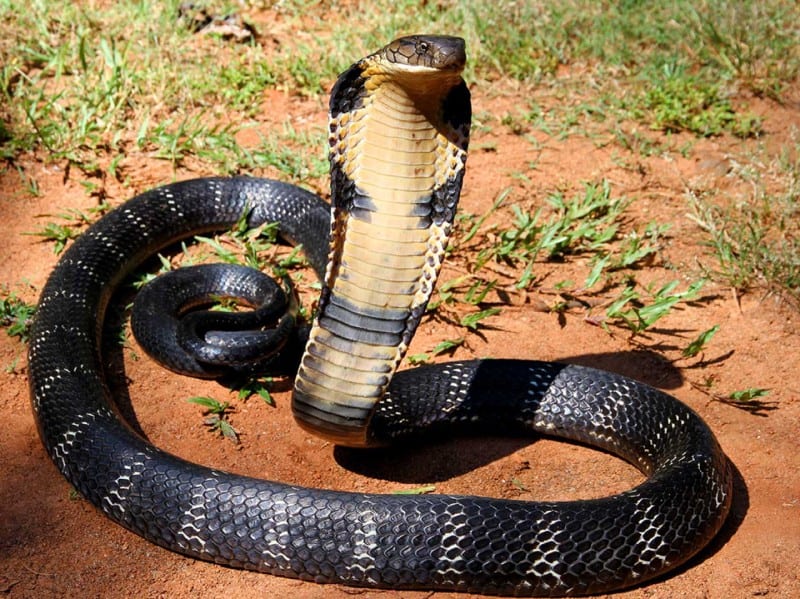
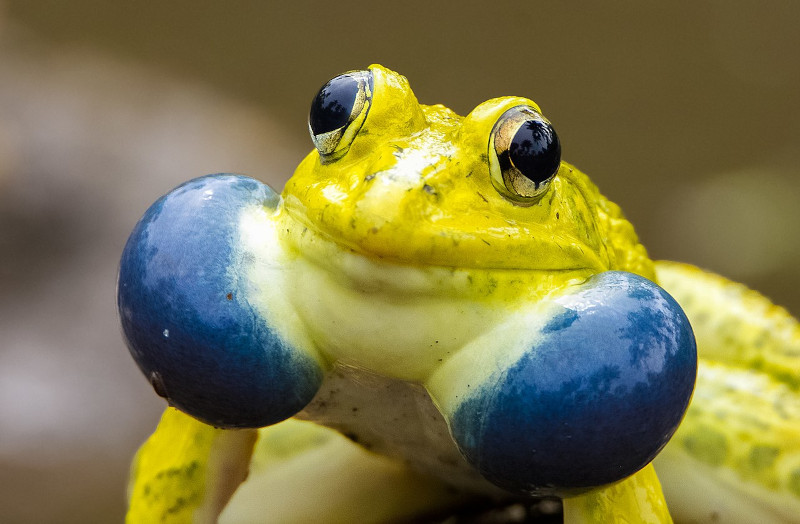
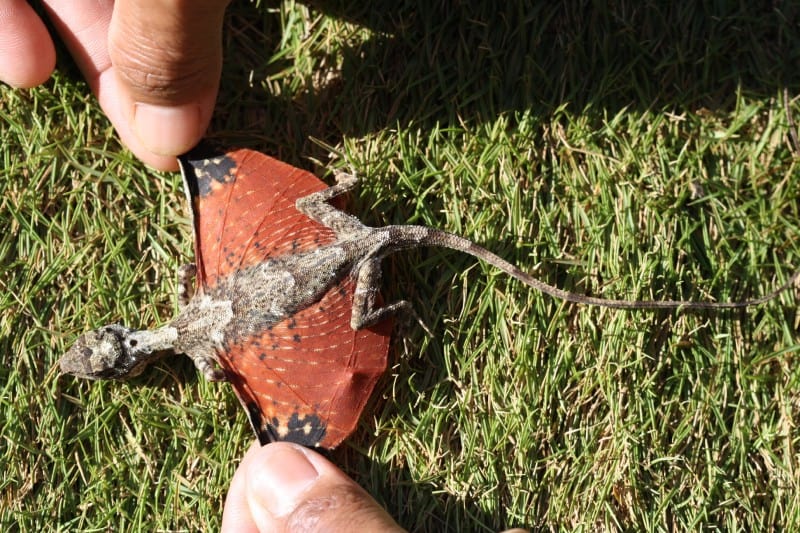
Check out our other articles on 5 Rare Mind-Blowing Cloud Types, Vietnamese Centipede, Chatham Island forget-me-not, Pingualuit Crater Lake, Blainville’s Beaked Whale, Moose, Weka
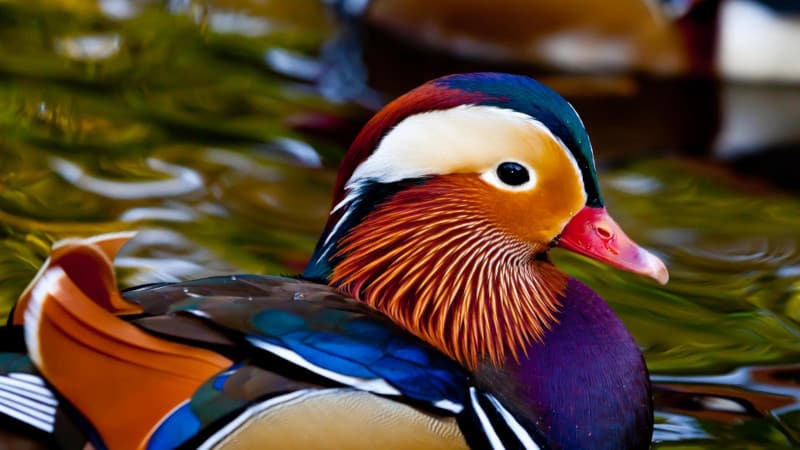

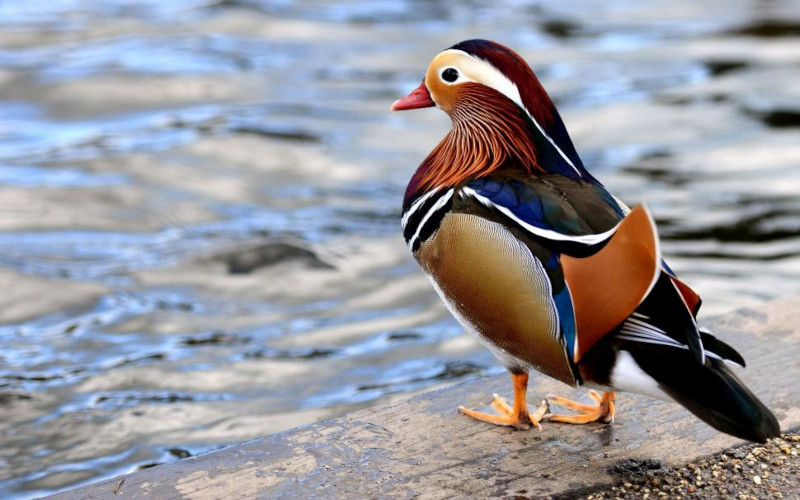









We’ve just spotted a pair of mandarin ducks in our garden in Liverpool! Wow.
They just found a Mandarin Duck in Central Park NY. I was wondering where it’s usual habitat was since not commonly found there. Was always wondering if sighting could be related to Climate Change.